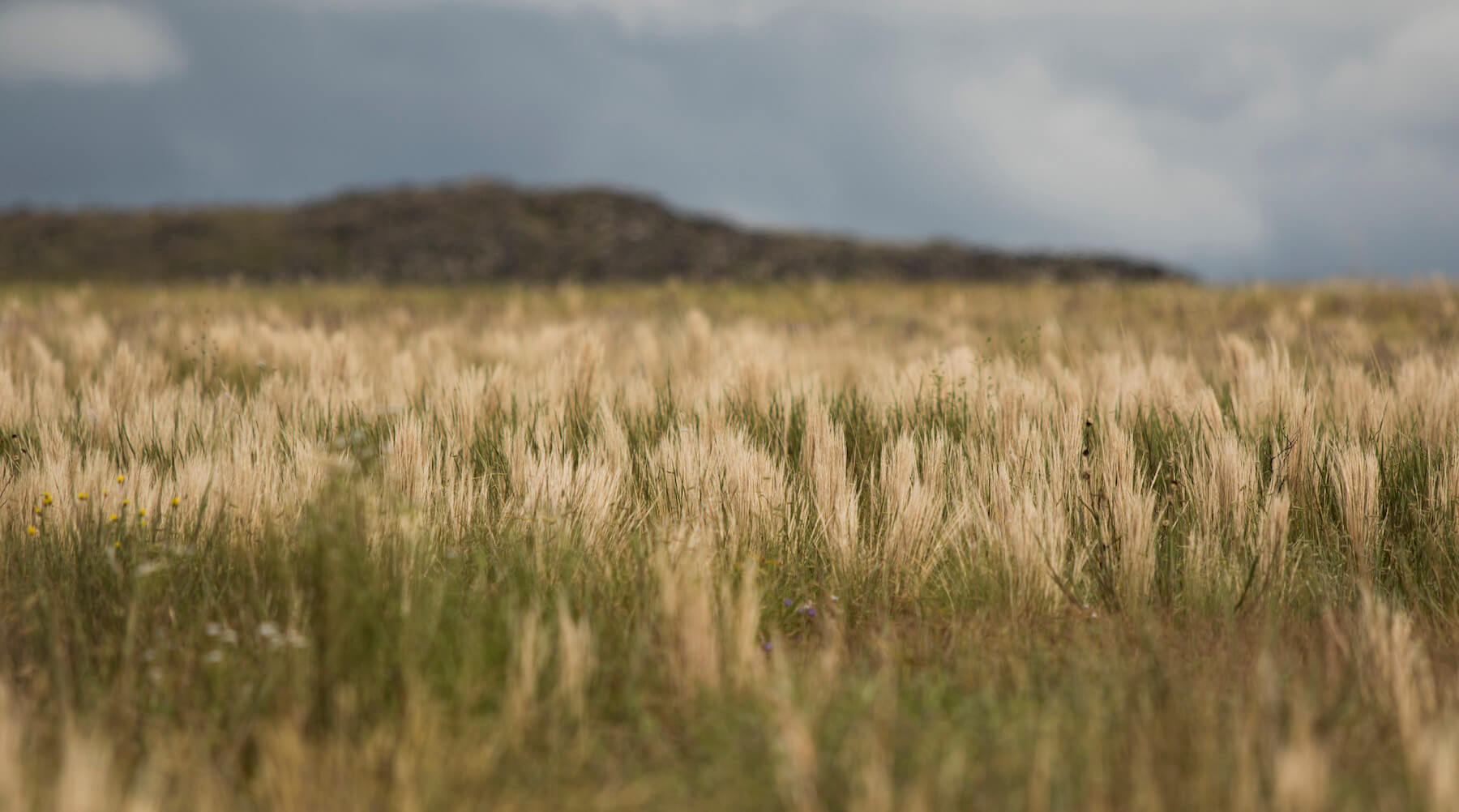When Otero Menswear decided to create an innovative, fashion-forward line of men’s clothes that promotes style and confidence, we also committed to producing every piece with a high respect for the environment and the people who are involved in every stage of manufacturing.
Today, the fashion industry is one of the worst global polluters (second only to the oil and gas industry).
Today, the fashion industry is one of the worst global polluters (second only to the oil and gas industry). Many brands manufacture cheap, throw-away trends that are designed specifically for one season. Others use fabrics manufactured exclusively from non-renewable, petroleum-based products that wear out quickly but won’t biodegrade for centuries. Some companies employ cost-cutting manufacturers who outsource production to sweatshops with dreadful working conditions and poverty-level wages.
In a perfect world, we could provide the highest quality natural fabrics that are milled ethically and sourced responsibly, and still compete with the cut-rate competition for low prices. The reality is that ethical branding comes with many trade-offs and requires many perspective shifts.
Here are six tips to maneuver through an industry that is steadfast on its traditional, harmful processes.
1. Higher Price or Investment in Our Future?
The basic economics associated with high-volume manufacturing are not usually compatible with environmentally sustainable and ethical manufacturing practices. In order to make these values a priority, your company is going to have to spend more on the manufacturing process, and therefore ultimately charge more for the finished product.
There are ways to partly compensate for these high production costs by making changes to the standard business model, for example, selling directly to the consumer. Consider this to be an amazing opportunity to educate your customer about their investment in people of various nations who aided in production and in the protection of our global environment.
2. Limited Sourcing Options or Rare and Special Relationships?
Fabric sourcing is a broad and convoluted decision. With numerous countries, all with hundreds of manufacturing plants, it’s difficult to find places that hold to ethical and environmental manufacturing standards. So how do you find these sources? Your best bet is to go to every trade show that you can afford and ask everyone for referrals.
The high-quality companies who prioritize these same values are out there, but they are rare, which makes your relationship with them important.
The high-quality companies who prioritize these same values are out there, but they are rare, which makes your relationship with them important. When you find the factory that matches your values, build a relationship based on like-mindedness and substance, not just transactions. In addition, let your customers know that you searched the world over and found a rare jewel that was worth the effort.
3. To See or Not to See?
Even with referrals, the only way to guarantee that your garments are being manufactured in a clean, safe, and ethical facility is to see it for yourself. In other words, you’re going to have to travel, meet with manufacturers personally, and come to a firm agreement that the facility you inspected will be the actual facility used to source your materials. By way of warning, many foreign manufacturers will tell you what they think you want to hear, so it’s up to you to ask for proof of documentation of environmental certifications as well as examples of the materials.
4. Global Certifications vs. Local Certifications?
You will find that many of the certifications you hope to see (from water treatment and reclamation, to various labor laws) are issued and managed by the local government, and not by some international tribunal. Only the largest manufacturers, few of which will work with start-up companies, will carry global certifications (for instance QAS International Certifications for ISO 14001 and 45001, which apply to Environmental and Health and Safety management).
Don’t let these contingencies defray your search. Understand the local requirements, understand the testing and required inspections, talk to your supplier about their own quality processes, walk the floors, talk to employees, inspect the facilities, and then decide if the business in fact adheres to ethical and environmentally responsible practices.
5. A Supplier or a Supply Chain?
Though you may have found a manufacturer you are happy with, you still must pay attention to every link in your supply chain. Through our experience, we found there were multiple companies in our supply chain: one that purchases the cotton and then knits the fabric greige, another which dyes the fabric, a third which washes the fabric, and then the company we chose that manufactures the product (cutting, sewing, and final assembly). Although the company you sign a contract with has its certificates of compliance and is committed to healthy environmental and sustainable practices, it does not always mean the entirety of their supply chain does the same.
Though you may have found a manufacturer you are happy with, you still must pay attention to every link in your supply chain.
We inspected each link in our chain to verify that the entire supply base functioned at the level of our chosen manufacturer. In one instance, we found one link that moved labor-intensive steps to a factory in a country that could not verify compliance with recognized child labor laws. Of course, we insisted that our product would never cross those country lines.
6. Is Material Patently Good or Bad?
There is ambiguity around the actual sustainability of any fabric used to make clothes. For instance, many of the natural fibers, though biodegradable, utilize unhealthy pesticides, excess water, or require significant chemical processes. Polyester and nylon are manufactured exclusively from non-renewable, petroleum-based products that wear out quickly but won’t biodegrade for centuries. Yet, they can be recycled and even repurposed.
At Otero, we focus on natural cottons and other natural fibers with the belief that the trade-offs are most favorable from a sustainability perspective. We encourage you to research and most importantly, whichever fabric you choose, be transparent with your customers and authentic to your brand.
So, Is It Worth It?
Venturing into a new industry is difficult and choosing to take a stand on environmental sustainability and ethical manufacturing practices will require serious dedication, but the effort will eventually put you into contact with amazing craftspeople, dedicated manufacturers, and people around the globe who care about the future of our planet. Better yet, you can produce and sell a garment with confidence, and your customers can purchase your products knowing that they have also contributed positively to many lives across the globe.
Everyone benefits from taking a stand on environmental sustainability and ethical manufacturing processes — lives are changed, dedicated craftspeople are paid fairly, and everyone involved can take pride in the finished product.



